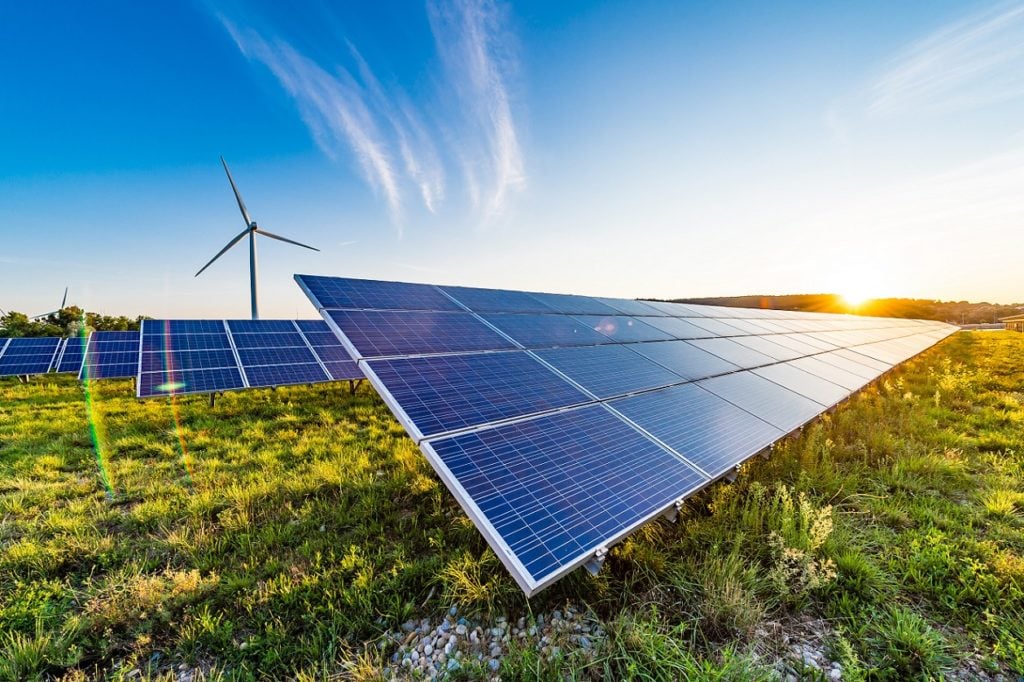
Introduction:
As the world grapples with the challenges of climate change and the transition to a cleaner energy future, hydrogen has emerged as a promising solution. Among its various forms, blue and green hydrogen have gained significant attention for their potential to reduce carbon emissions and transform industries. In this blog, we’ll delve into the concepts of blue and green hydrogen, explore their current business cases, discuss future demand projections, highlight their differences, and provide insights into country-wise expected hydrogen demand until 2030.
Blue Hydrogen:
Blue hydrogen is produced from natural gas through a process called steam methane reforming (SMR) or other gasification methods. The key differentiator is carbon capture and storage (CCS), which mitigates CO2 emissions by capturing and storing the carbon generated during hydrogen production. Blue hydrogen offers a lower carbon footprint compared to conventional grey hydrogen, making it an attractive transitional solution for industries that rely heavily on hydrogen. Industries such as petrochemicals and steel manufacturing can benefit from reduced emissions while maintaining their hydrogen-based processes.
Link to Blue Hydrogen Financial Model Template: https://fin-wiser.com/product/blue-hydrogen-using-natural-gas-3-statements-cash-waterfall-npv-irr-analysis/
Green Hydrogen:
Green hydrogen is produced through electrolysis, a process that uses renewable energy sources like wind, solar, or hydropower to split water into hydrogen and oxygen. Unlike blue hydrogen, green hydrogen production emits no carbon dioxide and is considered a fully sustainable and clean solution. Green hydrogen’s vital role: cheaper renewables drive its use in transport, energy storage, and high-heat industries for decarbonization.
Link to Blue Hydrogen Financial Model Template: https://fin-wiser.com/product/green-hydrogen-using-electrolysis-and-onsite-solar-plant-3-statements-cash-waterfall-npv-irr-analysis/
Differences between Blue and Green Hydrogen:
- Emissions: Blue hydrogen emits CO2, but with CCS, the emissions are significantly reduced. Green hydrogen has zero emissions during production.
- Source: Blue hydrogen is derived from natural gas, while green hydrogen is produced from renewable sources.
- Cost: Currently, blue hydrogen is more cost-effective due to existing infrastructure. Green hydrogen costs are expected to decrease with falling renewable energy prices.
- Sustainability: Green hydrogen is considered fully sustainable, while blue hydrogen offers emissions reduction but is not entirely carbon-neutral.
Current Business Case:
Both blue and green hydrogen are gaining momentum as governments, industries, and investors recognize their potential. While green hydrogen production is currently costlier due to the energy-intensive electrolysis process, it is steadily becoming more competitive as renewable energy costs decline. Blue hydrogen benefits from existing natural gas infrastructure, making it a viable option for rapid implementation.
Future Demand:
The demand for hydrogen is projected to surge in the coming years as countries set ambitious carbon reduction goals. The International Energy Agency (IEA) predicts that hydrogen demand could increase 3 to 4 times by 2050. This demand is driven by industries seeking to lower emissions and comply with stricter environmental regulations. Additionally, Transport shifts to hydrogen vehicles and energy integration, boosting demand in transportation and energy storage sectors.
Country-Wise Expected Hydrogen Demand till 2030:
- Europe: The European Union has set ambitious targets for hydrogen production and consumption, aiming to have 6 gigawatts of electrolyzers in operation by 2024 and producing up to 1 million tons of green hydrogen by 2024. Germany, the Netherlands, and France are leading the charge.
- China: China is investing heavily in hydrogen technologies, with plans to produce 1 million fuel cell vehicles and establish a sizable hydrogen refueling network by 2030.
- Japan: Japan is a pioneer in hydrogen adoption, with a focus on using hydrogen for power generation, transportation, and industrial processes. It aims to realize a “hydrogen society” by 2030.
- Australia: Abundant renewable resources position Australia as a potential green hydrogen powerhouse, with plans to become a major global supplier.
- United States: The U.S. is also scaling up hydrogen production, with a focus on both blue and green hydrogen. Several states, including California and Texas, are investing in hydrogen infrastructure.
Conclusion:
Blue and green hydrogen represent pivotal solutions in the quest for a sustainable energy future. While blue hydrogen offers a practical transition with emissions reduction, green hydrogen provides a fully sustainable alternative. As Industries and governments collaborating will transform the global hydrogen landscape. With growing demand, decreasing costs, and increasing investments, the potential of hydrogen to reshape energy and industry sectors is becoming more evident, paving the way for a cleaner, greener tomorrow.











